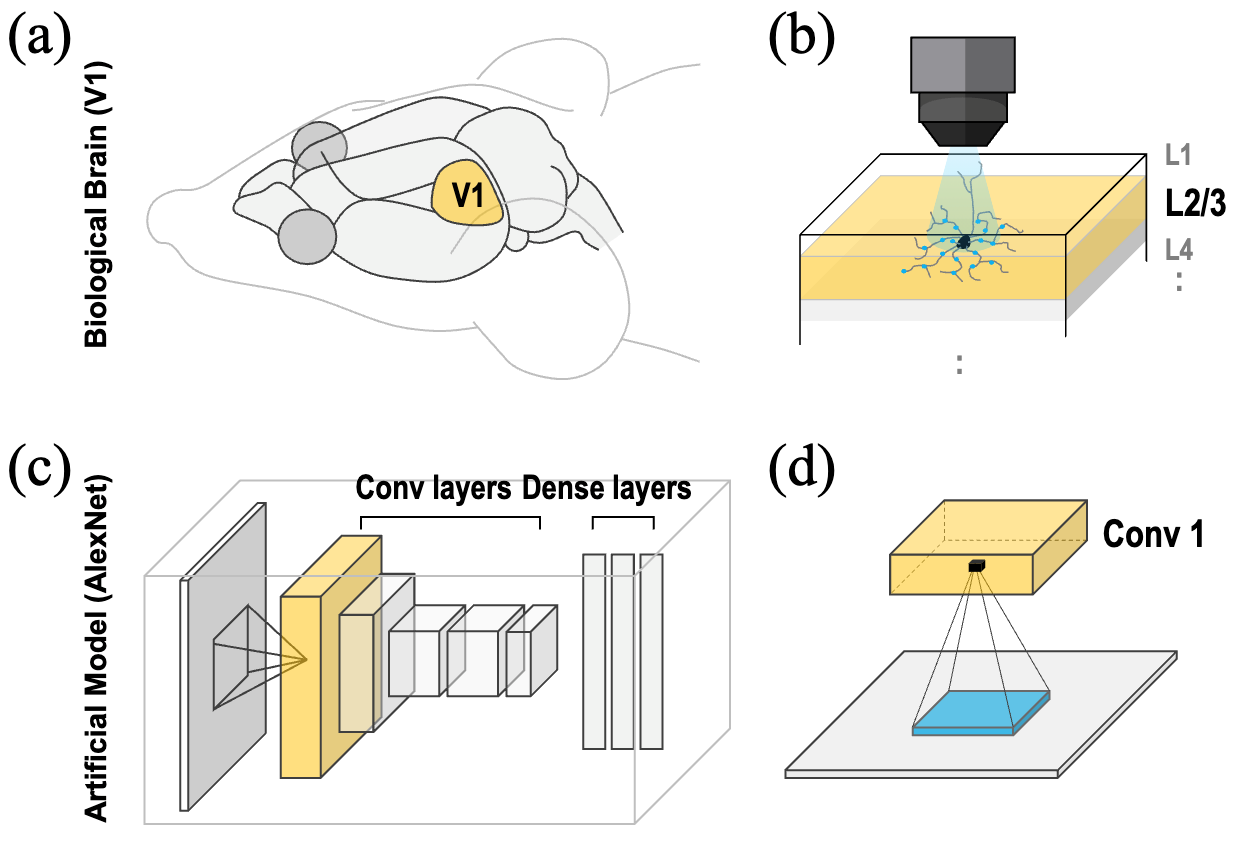주메뉴
- About IBS 연구원소개
-
Research Centers
연구단소개
- Research Outcomes
- Mathematics
- Physics
- Center for Underground Physics
- Center for Theoretical Physics of the Universe (Particle Theory and Cosmology Group)
- Center for Theoretical Physics of the Universe (Cosmology, Gravity and Astroparticle Physics Group)
- Dark Matter Axion Group
- Center for Artificial Low Dimensional Electronic Systems
- Center for Theoretical Physics of Complex Systems
- Center for Quantum Nanoscience
- Center for Exotic Nuclear Studies
- Center for Van der Waals Quantum Solids
- Center for Relativistic Laser Science
- Chemistry
- Life Sciences
- Earth Science
- Interdisciplinary
- Center for Neuroscience Imaging Research (Neuro Technology Group)
- Center for Neuroscience Imaging Research (Cognitive and Computational Neuroscience Group)
- Center for Algorithmic and Robotized Synthesis
- Center for Genome Engineering
- Center for Nanomedicine
- Center for Biomolecular and Cellular Structure
- Center for 2D Quantum Heterostructures
- Institutes
- Korea Virus Research Institute
- News Center 뉴스 센터
- Career 인재초빙
- Living in Korea IBS School-UST
- IBS School 윤리경영


주메뉴
- About IBS
-
Research Centers
- Research Outcomes
- Mathematics
- Physics
- Center for Underground Physics
- Center for Theoretical Physics of the Universe (Particle Theory and Cosmology Group)
- Center for Theoretical Physics of the Universe (Cosmology, Gravity and Astroparticle Physics Group)
- Dark Matter Axion Group
- Center for Artificial Low Dimensional Electronic Systems
- Center for Theoretical Physics of Complex Systems
- Center for Quantum Nanoscience
- Center for Exotic Nuclear Studies
- Center for Van der Waals Quantum Solids
- Center for Relativistic Laser Science
- Chemistry
- Life Sciences
- Earth Science
- Interdisciplinary
- Center for Neuroscience Imaging Research (Neuro Technology Group)
- Center for Neuroscience Imaging Research (Cognitive and Computational Neuroscience Group)
- Center for Algorithmic and Robotized Synthesis
- Center for Genome Engineering
- Center for Nanomedicine
- Center for Biomolecular and Cellular Structure
- Center for 2D Quantum Heterostructures
- Institutes
- Korea Virus Research Institute
- News Center
- Career
- Living in Korea
- IBS School
News Center
Brain-Inspired AI Breakthrough: Making Computers See More Like Humans- IBS-Yonsei Team Unveils Novel Lp-Convolution at ICLR 2025 - A team of researchers from the Institute for Basic Science (IBS), Yonsei University, and the Max Planck Institute have developed a new artificial intelligence (AI) technique that brings machine vision closer to how the human brain processes images. Called Lp-Convolution, this method improves the accuracy and efficiency of image recognition systems while reducing the computational burden of existing AI models. Bridging the Gap Between CNNs and the Human Brain The human brain is remarkably efficient at identifying key details in complex scenes, an ability that traditional AI systems have struggled to replicate. Convolutional Neural Networks (CNNs)—the most widely used AI model for image recognition—process images using small, square-shaped filters. While effective, this rigid approach limits their ability to capture broader patterns in fragmented data. More recently, Vision Transformers (ViTs) have shown superior performance by analyzing entire images at once, but they require massive computational power and large datasets, making them impractical for many real-world applications. Inspired by how the brain’s visual cortex processes information selectively through circular, sparse connections, the research team sought a middle ground: Could a brain-like approach make CNNs both efficient and powerful? Introducing Lp-Convolution: A Smarter Way to See To answer this, the team developed Lp-Convolution, a novel method that uses a multivariate p-generalized normal distribution (MPND) to reshape CNN filters dynamically. Unlike traditional CNNs, which use fixed square filters, Lp-Convolution allows AI models to adapt their filter shapes—stretching horizontally or vertically based on the task, much like how the human brain selectively focuses on relevant details. This breakthrough solves a long-standing challenge in AI research, known as the large kernel problem. Simply increasing filter sizes in CNNs (e.g., using 7×7 or larger kernels) usually does not improve performance, despite adding more parameters. Lp-Convolution overcomes this limitation by introducing flexible, biologically inspired connectivity patterns. Real-World Performance: Stronger, Smarter, and More Robust AI In tests on standard image classification datasets (CIFAR-100, TinyImageNet), Lp-Convolution significantly improved accuracy on both classic models like AlexNet and modern architectures like RepLKNet. The method also proved to be highly robust against corrupted data, a major challenge in real-world AI applications. Moreover, the researchers found that when the Lp-masks used in their method resembled a Gaussian distribution, the AI’s internal processing patterns closely matched biological neural activity, as confirmed through comparisons with mouse brain data. “We humans quickly spot what matters in a crowded scene,” said Dr. C. Justin LEE, Director of the Center for Cognition and Sociality within the Institute for Basic Science. “Our Lp-Convolution mimics this ability, allowing AI to flexibly focus on the most relevant parts of an image—just like the brain does.” Impact and Future ApplicationsUnlike previous efforts that either relied on small, rigid filters or required resource-heavy transformers, Lp-Convolution offers a practical, efficient alternative. This innovation could revolutionize fields such as:
“This work is a powerful contribution to both AI and neuroscience,” said Director C. Justin Lee. “By aligning AI more closely with the brain, we’ve unlocked new potential for CNNs, making them smarter, more adaptable, and more biologically realistic.” Looking ahead, the team plans to refine this technology further, exploring its applications in complex reasoning tasks such as puzzle-solving (e.g., Sudoku) and real-time image processing. The study will be presented at the International Conference on Learning Representations (ICLR) 2025, and the research team has made their code and models publicly available: https://github.com/jeakwon/lpconv/
Notes for editors
- References
- Media Contact
- About the Institute for Basic Science (IBS)
|
| Next | |
|---|---|
| before |
- Content Manager
- Public Relations Team : Yim Ji Yeob 042-878-8173
- Last Update 2023-11-28 14:20













